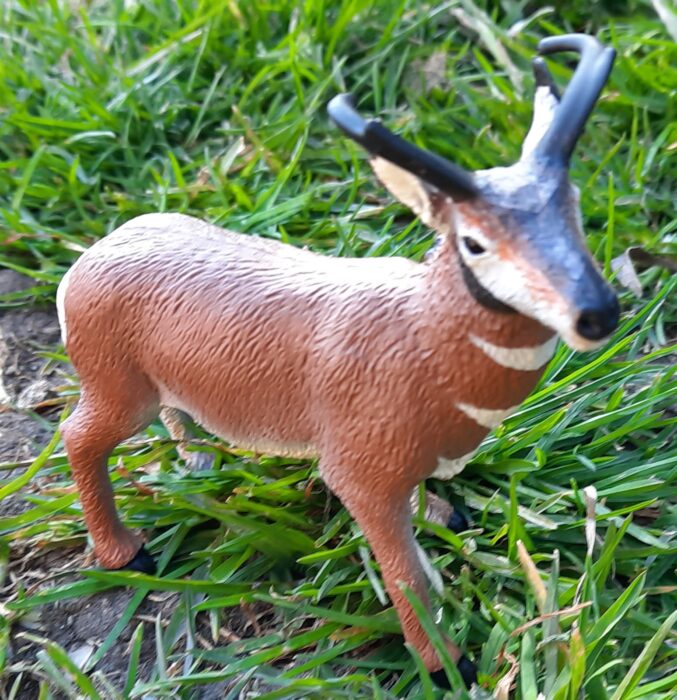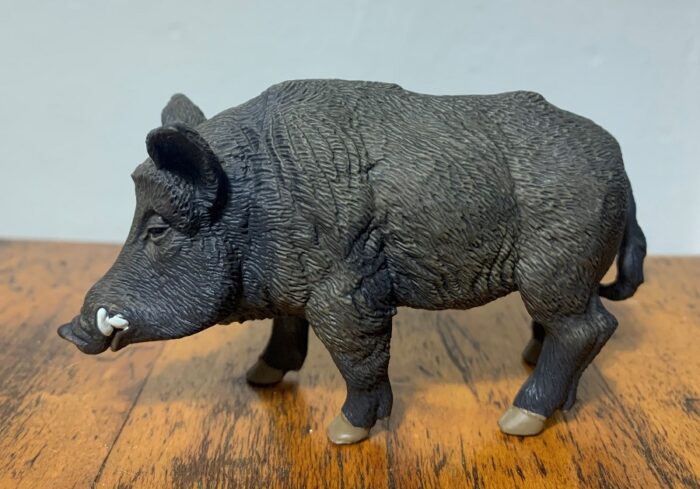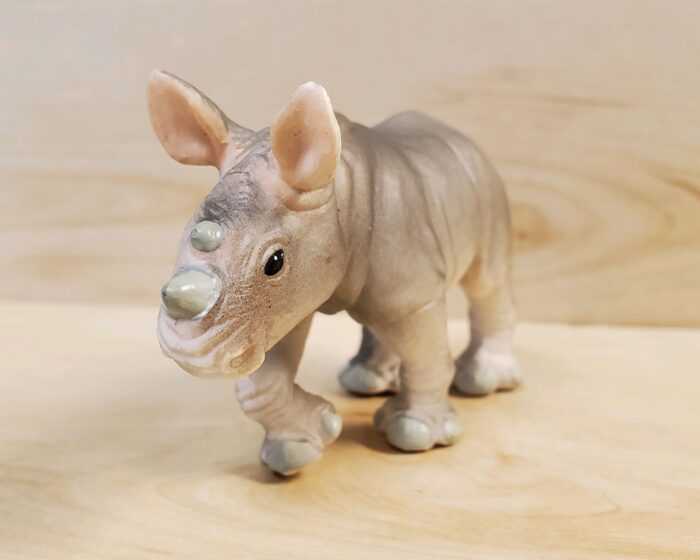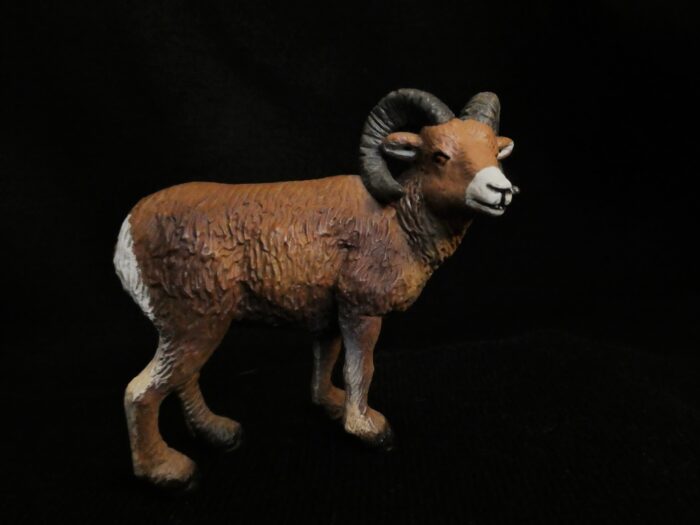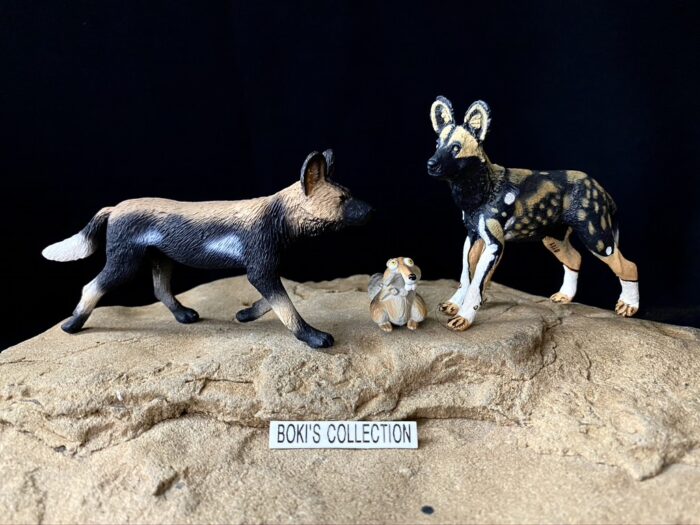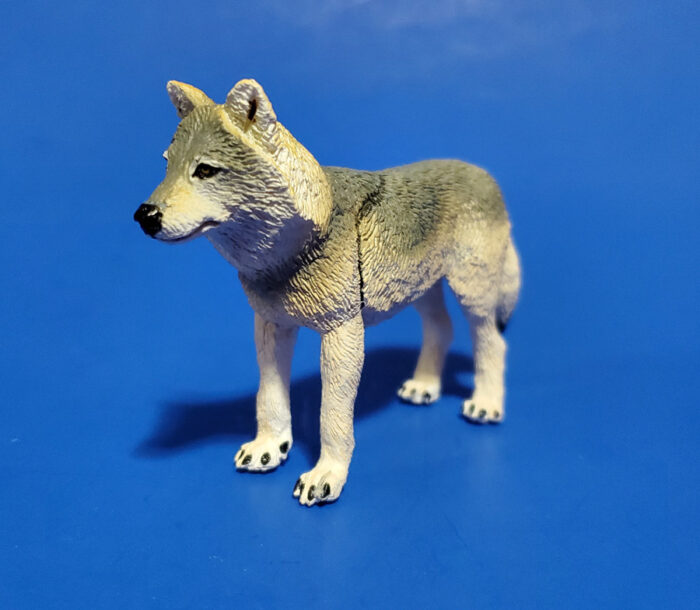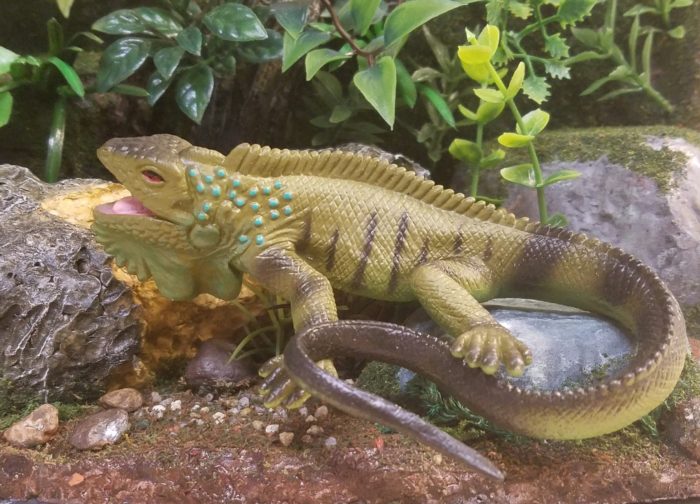Review and images by Suspsy; edited by bmathison1972
Spotted or laughing hyenas (Crocuta crocuta) are masterful hunters of the African savannah that kill up to 95% of their food as opposed to scavenging it. They have the largest group sizes and the most complex social behaviour of any member of the order Carnivora.





